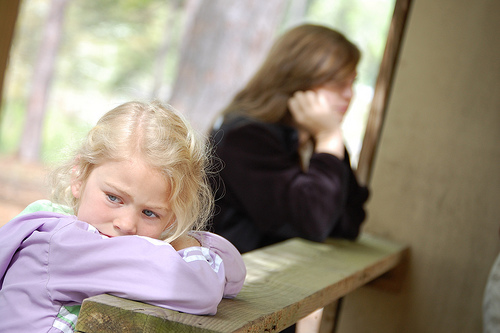
The Basic Realities Of Autism
Autism is an extremely complex disorder displayed in myriad effects that differ from person to person. Although it is not untreatable, it is persistent, and having a good life with autism takes enormous effort. The deficits caused by autism fall into four main areas: social interaction skills (or the lack of them), deficits in sensory processing, delays and impairments in speech and communication, and issues with self-esteem. No two children will be at the same point on the "autistic spectrum." Also, no two caregivers, parents, teachers, siblings, family members, or friends will be at the same point in abilities to respond to people who have autism.
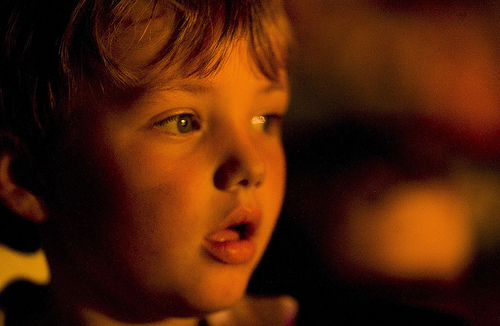
Symptoms Of Autism In Early Childhood
Obvious symptoms of autism usually do not appear until about the age of 18 months. Toddlers who have autism often are fascinated by geometric shapes. A toddler who prefers to stare at patterns to interacting with mother or other infants may have a condition that falls somewhere on the autistic spectrum. Young children who have autism may suffer hyperacusis, a literally painful reaction to the TV being played too loud or a sudden loud sound. As the child begins to learn to talk, there may be problems with pronouns. Saying "you" instead of "I" is one indication of the disorder. Also, children who have autism often have a high threshold for pain and tend to injure themselves.
- Important notification about information and brand names used in this slideshow!
- Photo courtesy of Thomas Hawk by Flickr : www.flickr.com/photos/thomashawk/176785431/
- Stetka B, Correll, C. A Guide to DSM-5: Autism Spectrum Disorders. Medscape Medical News. Available at http://www.medscape.com/viewarticle/803884_4. Accessed 7 August 2013.
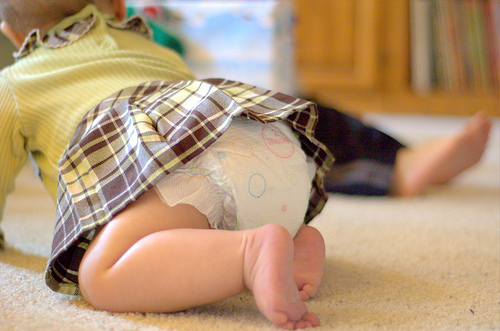
The Early In Years
Many parents of children who have autistic spectrum disorders comment that everything seemed fine until their child was about 18 months old. However, there are some subtle signs that the genetic predisposition to autistic spectrum disorder is present even from birth. People who have autism tend to have smaller head circumference as babies, larger head circumference from the ages of 6 months to 2 years, and then normal head size by their adolescent years. Autism seems to correlate with unusual creases in the palms of the hands. The presence of these features is not "proof" of autism but is a sign to be on the lookout for normal social and physical development. Only physicians can make a diagnosis of autism.
- Important notification about information and brand names used in this slideshow!
- Photo courtesy of David Goehring by Flickr : www.flickr.com/photos/carbonnyc/4218604703/
- Stetka B, Correll, C. A Guide to DSM-5: Autism Spectrum Disorders. Medscape Medical News. Available at http://www.medscape.com/viewarticle/803884_4. Accessed 7 August 2013.
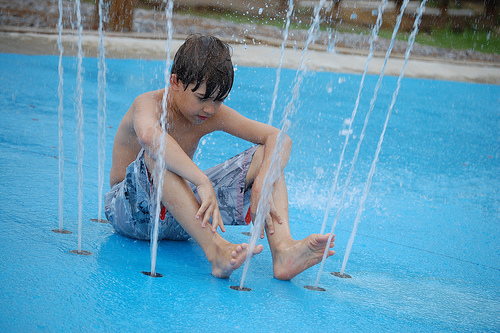
Other Indications of Autism
By the time children who will eventually receive a diagnosis of autism are 2 or 3, a number of indicators of the disease may be obvious. Fascination with the parts of toys rather than using the whole toy in play is common. For instance, a toddler may spin the wheel of a toy car rather than push the entire car across the floor. Children with autism often display unusual reactions to infections and fevers. Destructive, antisocial behaviors may disappear, for instance, when the child gets an ear infection or has the flu. "When I see an angel," one mother commented, "I know he is sick."
- Important notification about information and brand names used in this slideshow!
- Photo courtesy of Camp ASCCA by Flickr : www.flickr.com/photos/campascca/3537519921/
- APA. Autism Spectrum Disorder. Available at http://www.dsm5.org/Documents/Autism%20Spectrum%20Disorder%20Fact%20Sheet.pdf.. Accessed 7 August 2013.
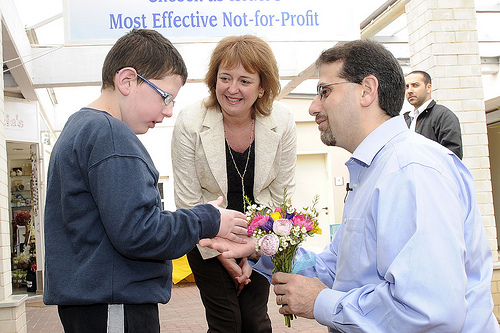
Recognizing Autism In Daily Life
It is easy to forget that autistic children are just that, children. It may be hard to separate what's "autism" and what's just being a kid. Children who have autism tend to be very literal. Figures of speech and white lies told to them can lead to major upsets. They may tend to "talk with their feet," withdrawing from situations without saying what's bothering them, or to "act out" in tantrums because they simply don't have any other ways to express themselves. They do best in structured situations that hae a clear beginning and a clear end. It is important for families to understand that there is a difference between what the child wants to do and what the child is able to do. Children who have autism may have a very sensitive sense of smell. A fart or a whiff of spoiled food may trigger a meltdown.
- Important notification about information and brand names used in this slideshow!
- Photo courtesy of U.S. Embassy Tel Aviv by Flickr : www.flickr.com/photos/usembassyta/7005805881/
- Ellen Notbohm, Ten Things Every Child with Autism Wishes You Knew, 2nd edition (2012, Future Horizons, Inc.)
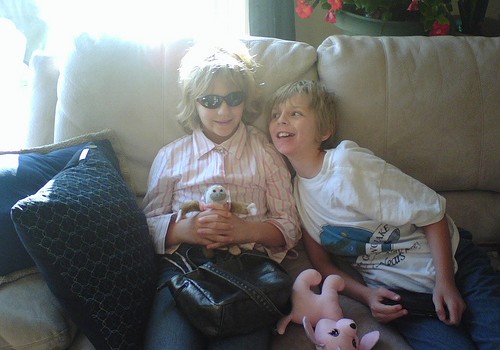
Asperger’s Versus Autism
Until 2013, doctors in the USA often diagnosed a condition that could be termed "autism-lite," termed Asperger syndrome (without the apostrophe s). Although the American Psychiatric Association is discouraging the use of the term and it has disappeared from the official diagnostic manual, the DSM-5, the term is still used to describe a less pervasive form of autism in which language skills are normal but children tend to be "gifted differently." They may have difficulty forming friendships, find social interaction awkward, and develop a narrow range of intense interests. They may be "geniuses" in their chosen activities, but they may never become social butterflies.
- Important notification about information and brand names used in this slideshow!
- Photo courtesy of Chris Mekelburg by Flickr : www.flickr.com/photos/chrismek/3039268553/
- Ellen Notbohm from the book Ten Things Every Child with Autism Wishes You Knew, 2nd edition (2012, Future Horizons, Inc.)
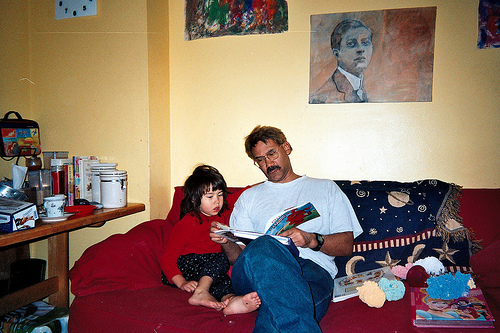
Educating Children Who Autistic Spectrum Disorder Diagnoses
In the United States, education is the primary form of treatment of autism. There are no medications for the disease itself, and try as parents and nutritionists may, there are no diets that reliably relieve all symptoms of the disease. However, progress is usually made through years of intense effort. The public schools have been required since the Education of All Handicapped Children Act of 1975 to provide classes specifically for children with special needs such as autism, so nearly every family of a child with autism will spend a great deal of time interacting with teachers, and nearly everyone who has the condition will remain in school until age 21.
- Important notification about information and brand names used in this slideshow!
- Photo courtesy of Eden, Janine and Jim by Flickr : www.flickr.com/photos/edenpictures/2371765960/
- Educating Children with Autism. Washington, D.C.: National Academies Press, 2012.
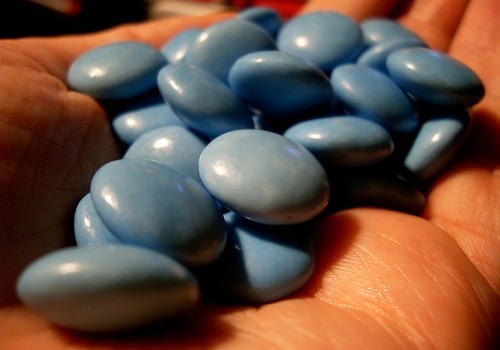
Medications For Autism?
There isn't any pill that can make autism go away. However, many, many children and adults are given medications for conditions that tend occur with the disease. It is not unusual for children and adults who have autistic spectrum disorders tob e given antipsychotic drugs; the antipsychotic Haldol is often used as a means of restraining children and adults who are involved in extremely destructive behaviors in institutional settings. (It shouldn't be, but it is.) A heavily advertised drug called Abilify is often used to stop self-destructive behaviors, even though the FDA has not approved its use specifically for autism. And common SSRI antidepressant drugs such as Prozac and Celexa are often prescribed both to children with autism and their parents.
- Important notification about information and brand names used in this slideshow!
- Photo courtesy of Sarah by Flickr : www.flickr.com/photos/dm-set/3823932087/
- Antshel KM, Polacek C, McMahon M, Dygert K, Spenceley L, Dygert L, et al. Comorbid ADHD and anxiety affect social skills group intervention treatment efficacy in children with autism spectrum disorders. J Dev Behav Pediatr. Jul-Aug 2011. 32(6):439-46.
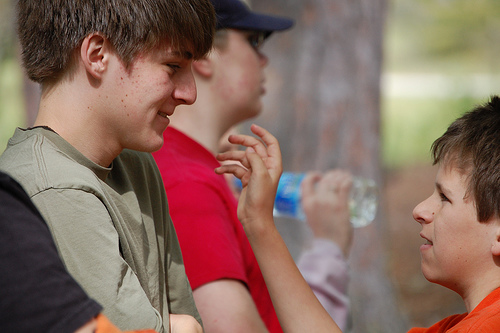
What Causes Autism?
Autism is not a fault of either parent or child. In the 1940's, 1950's, and 1960's, two psychiatrists popularized named Leo Kanner and Bruno Bettelheim popularized the idea that autism was caused by cold and distant mothers, but these theories have been disproved by many years of observation of families who deal with the disorder. There are unusually high numbers of autistic children of mothers who were infected with a now-rare disease called rubella in pregnancy. It's the infection that may cause autism, not the immunization to prevent it. Explosure to pesticides during the first trimester of pregnancy has been correlated to autism, as has advanced age of the parents. Children born to mothers 35 or older and/or men 50 or older are about twice as likely to be autistic.
- Important notification about information and brand names used in this slideshow!
- Photo courtesy of Camp ASCCA by Flickr : www.flickr.com/photos/campascca/3454180046/
- APA. Autism Spectrum Disorder. Available at http://www.dsm5.org/Documents/Autism%20Spectrum%20Disorder%20Fact%20Sheet.pdf.. Accessed 7 August 2013.
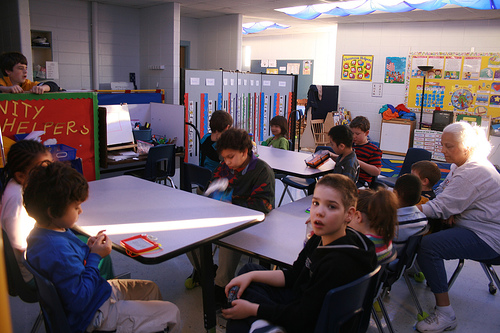
Autism At School
In the USA, federal law requires every child who has autism to be offered placement in appropriate education in the public school system through the age of 21. Children who have mild autistic spectrum disorders, such as those that formerly would have been diagnosed as Asperger syndrome (before the American Psychiatric Association discontinued the use of the term) are often mainstreamed, that is, put in classes with children who do not have autism or Asperger syndrome. Even children who are violent toward themselves or others are offered public education, typically in settings in which a school nurse is available to administer needed medications.
- Important notification about information and brand names used in this slideshow!
- Photo courtesy of Nicole Mays by Flickr : www.flickr.com/photos/mnicolem/1933981720/
- American Psychiatric Association. Diagnostic and Statistical Manual of Mental Disorders (DSM-5)(TM), Text Revision. 5th Edition. Washington, DC: American Psychiatric Association
- 2013.


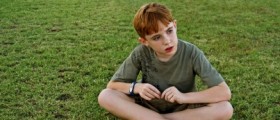
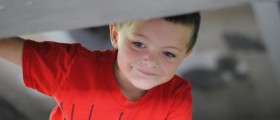
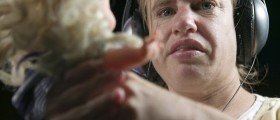
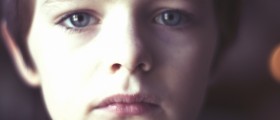



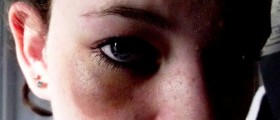
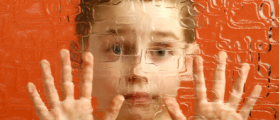
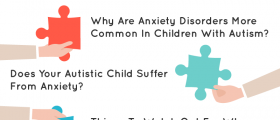
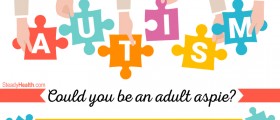

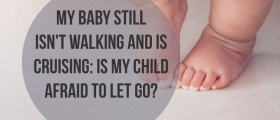
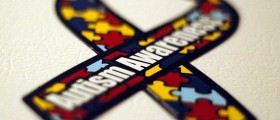
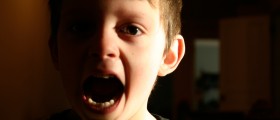
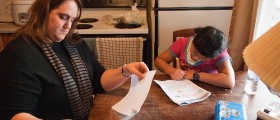
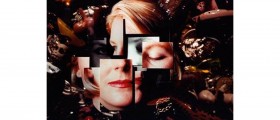
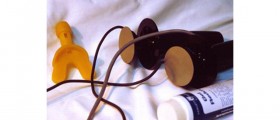
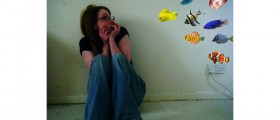
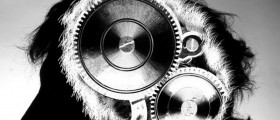



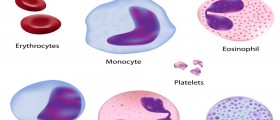
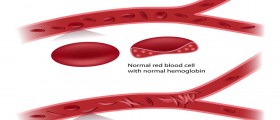
Your thoughts on this
Loading...